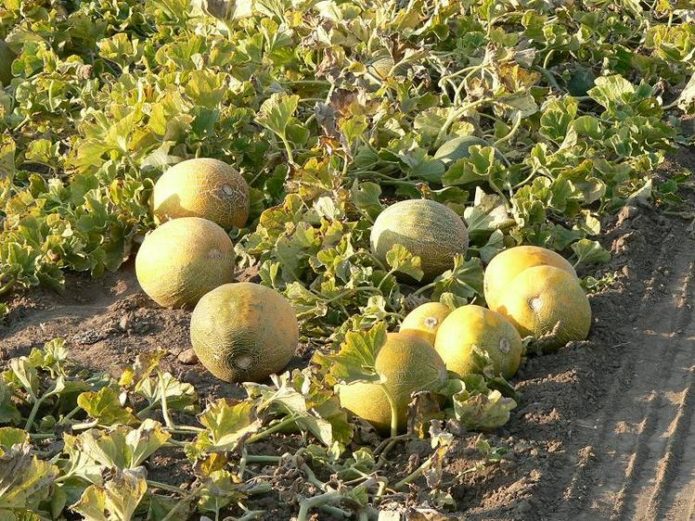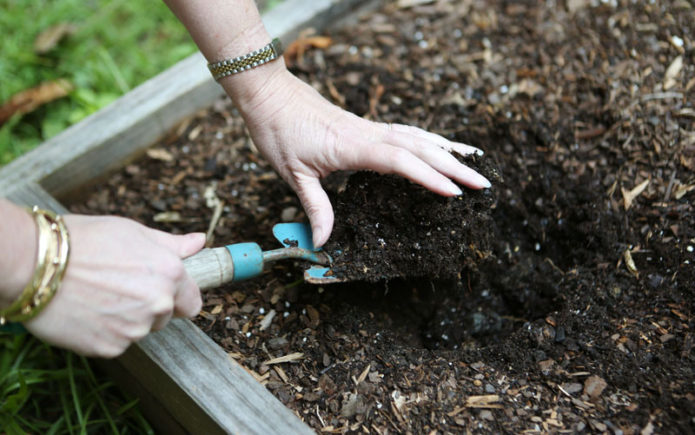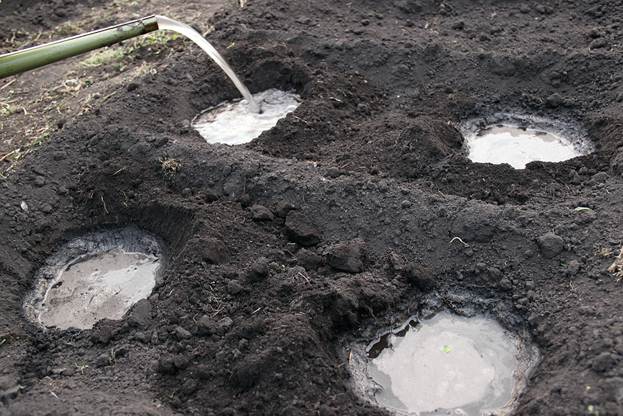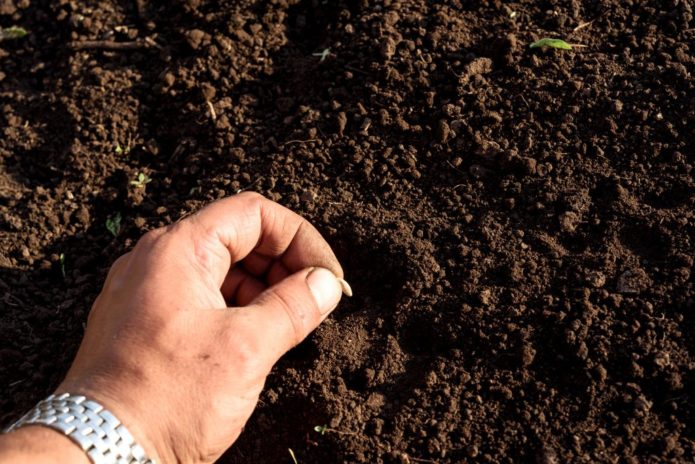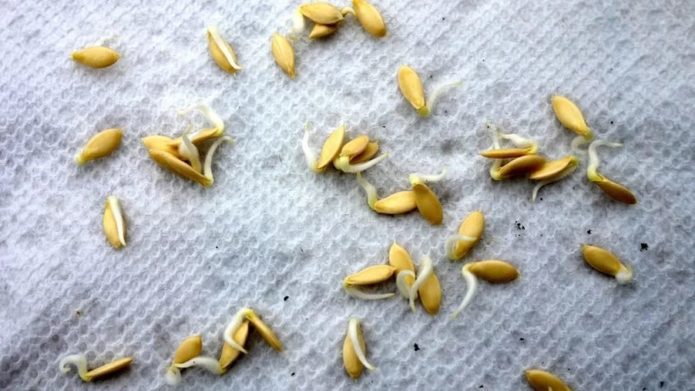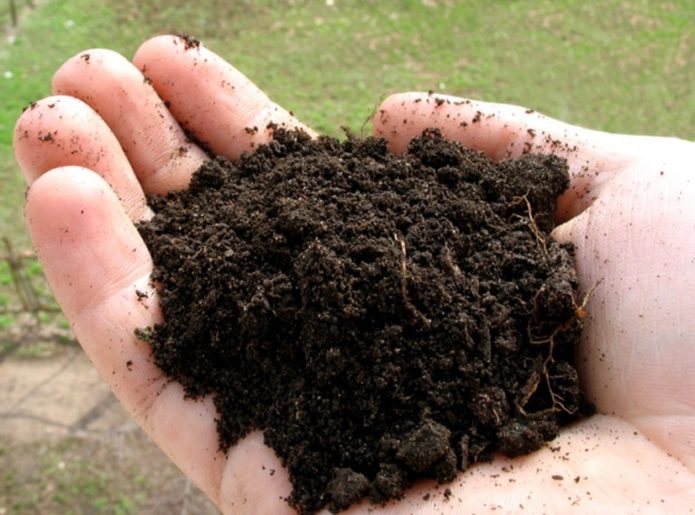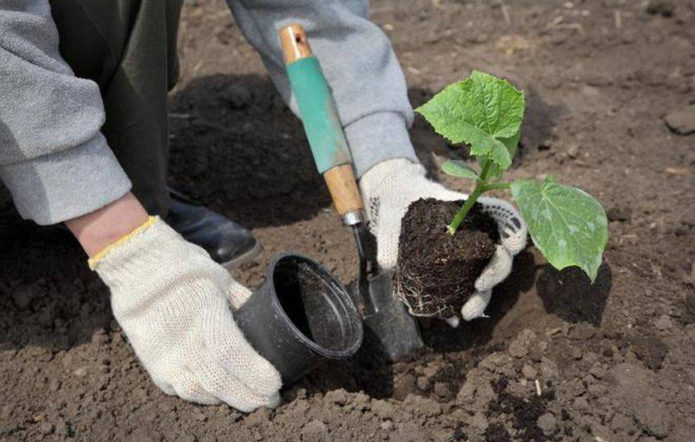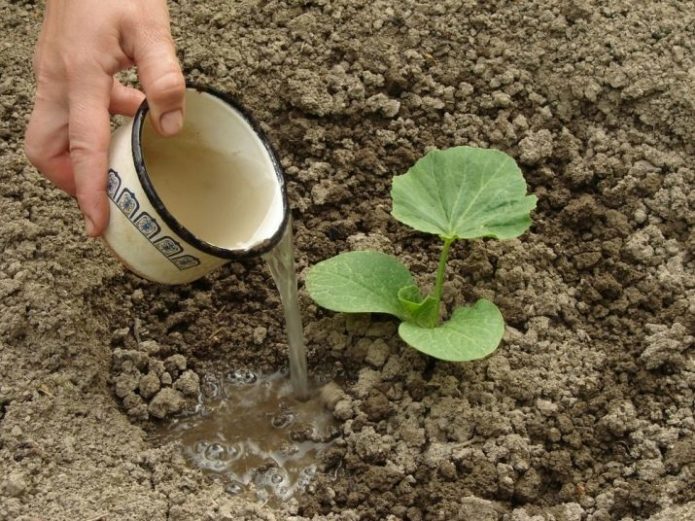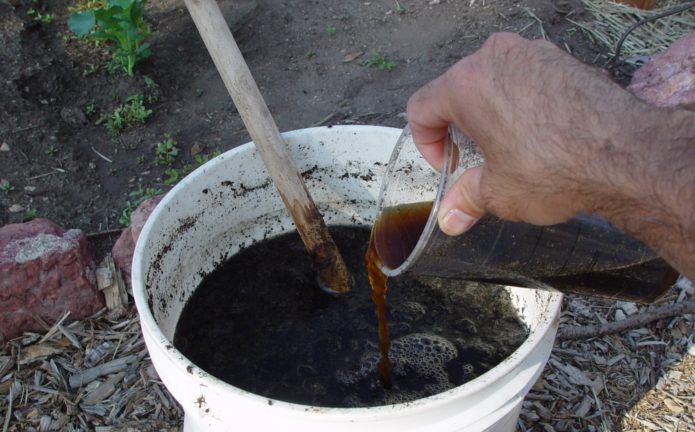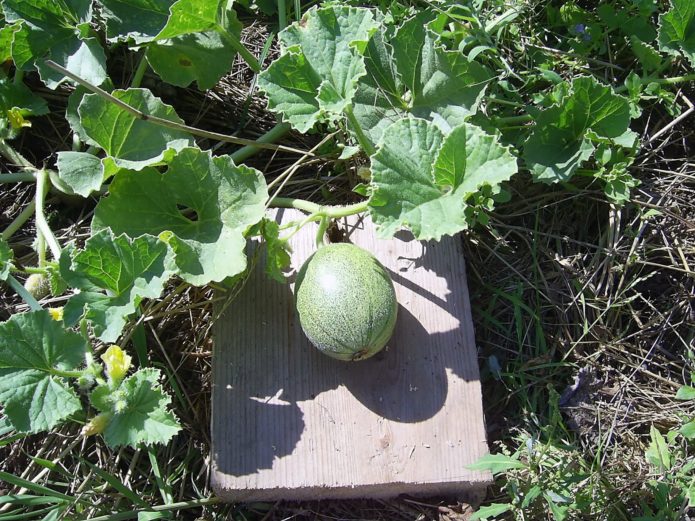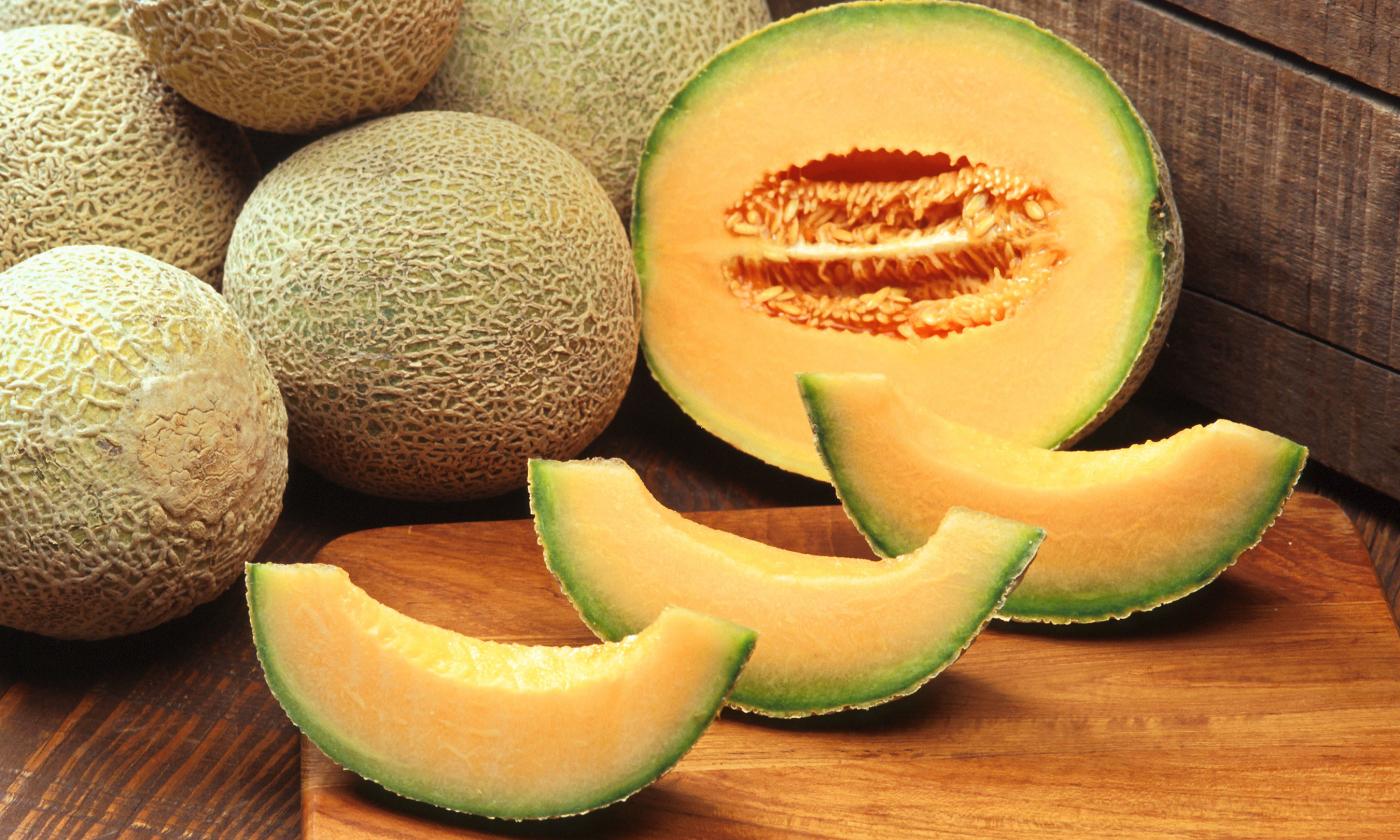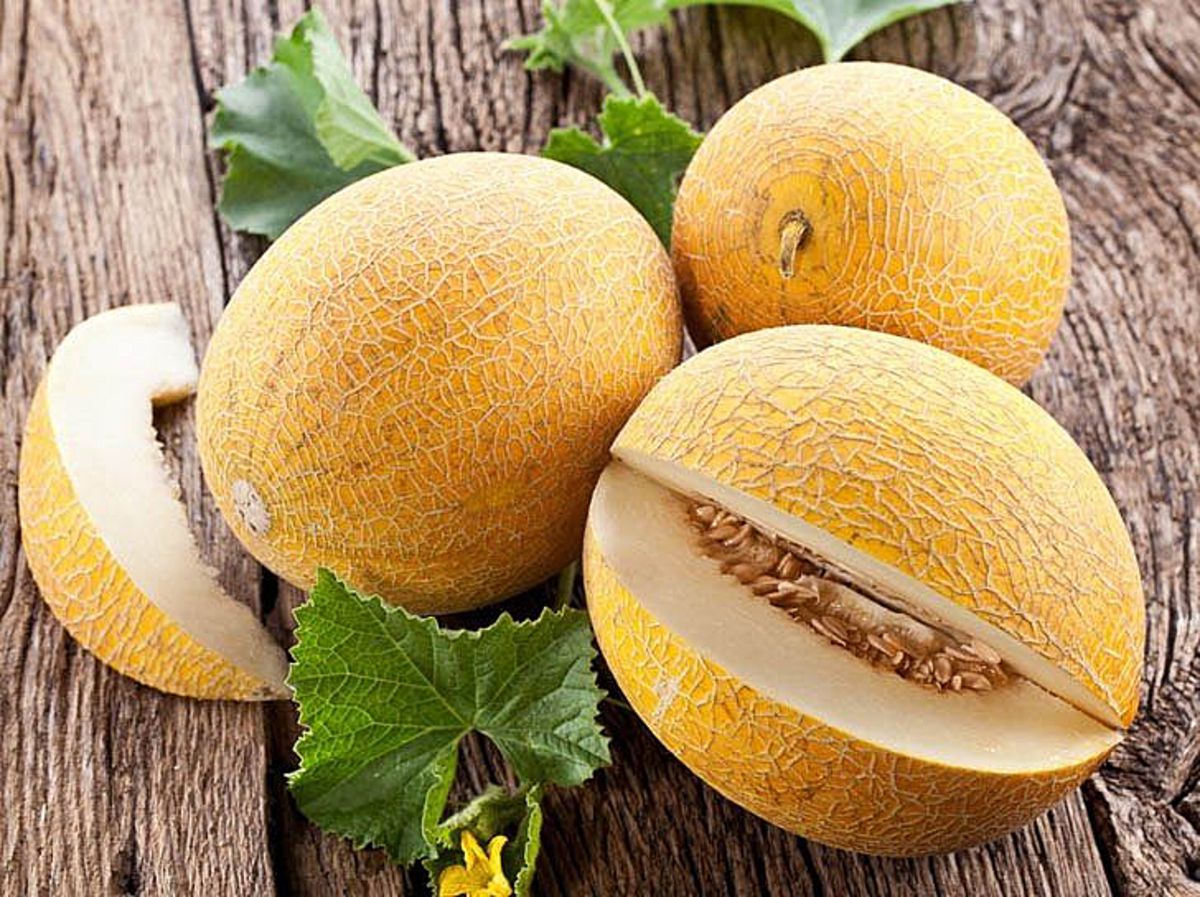The easiest way to grow melon is in the southern regions, but also in the Black Earth Region, and even to the north, enthusiasts do it quite well. The use of greenhouses is a help in this matter, but the sweetest melons grow in the bright sun, that is, in the open field.
Content
In what climatic conditions can melons grow in the open field
Melons are planted even north of Moscow, but the climate that is truly suitable for it is the climate of the southern regions. Central Asian melons are considered the best, good fruits grow in Crimea, in Astrakhan, Volgograd regions and even in the south of Saratov. Melons are plants in hot dry climates. They need sun, warmth, and soil moisture, especially after flowering, does not play a big role. Moreover, in waterlogged soil, melons grow less sweet, and the roots of the plant find the necessary amount of moisture themselves, stretching far and going deep.
Sweet melons of even the earliest varieties require the sum of active temperatures from the beginning of germination to ripening of the crop from 2500 aboutC. For the Moscow region this is a considerable value, which is not always recruited, at the latitude of Kursk and Voronezh it is already easier, but in the south it is a common thing. Therefore, if in the southern regions melons grow without problems, then to the north they must first be planted under temporary shelters, and then periodically protect the plants from cold snaps.
In addition to heat and sun, melons also need space, so on six acres you can rarely get good harvests: there is simply no place for this. Thus, it is worth recognizing that melon can be planted almost everywhere, but it is not always easy to get good fruits.
Which melon varieties are suitable for open field
Like any plant, melon has varieties of different ripening periods. And if in the southern regions you can grow any, then in the center of Russia, and even more so to the north, late-ripening varieties do not have time to ripen. In each region, you need to choose only zoned varieties, perhaps by checking the data of the State Register of the Russian Federation (although not all varieties and hybrids actively grown by amateur gardeners are included in it). For example, an official document recommends planting only Princess Svetlana melon in the middle lane. Of course, other famous varieties are also grown here, for example:
- Cinderella;
- Altai;
- Assol F1;
- Collective farmer;
- Lesya;
- Delicate;
- Lolita.
In the Urals and Siberia (yes, even melons grow there!) Altai, Tender, Rosinka and Lesya are planted, the choice of varieties for the Lower Volga region is great, and for the North Caucasus it is simply huge. There are varieties recommended for all regions, but they are mostly grown in greenhouses.
Seed and soil preparation
It is worth planting melons only in well-lit areas, preferably on elevations, so that cold air and water do not accumulate in the garden. In the south, the melon is planted with seeds directly in the garden bed; in other regions, seedlings are often grown in advance. Her disembarkation is carried out at the onset of real summer: during the day the temperature should be at least 15 aboutC, at night - above 6-8 aboutFROM.
Melon soil
Melon does not grow well in all soils. The best choice is neutral light loams. If the soil is highly acidic, it must be calcified long before planting with chalk, lime or large amounts of ash. Sand must be added to clay soils. Cabbage, legumes, onions, and garlic are recognized as the best melon predecessors. You can not plant it after melons or nightshade crops.
It is better to dig up the garden in the fall, although the melon is not planted very early in the spring, and in April-May it is not too late to do it. Digging is needed deep, as fertilizer, a bucket of humus is introduced for 1 m2... Before planting, scatter 30-40 g of superphosphate and a handful of ash per 1 m on the garden bed2, shallowly covering them with a rake. In cold climatic regions, the bed can be covered with a film after the snow melts so that it warms up better.
Seed preparation
You should be careful when using seeds from the purchased melon you like. First, it can be brought from distant places and not zoned in this region. Secondly, melons are often hybrids (F1), not varieties: you can get anything from such fruits, including completely tasteless melons. It is better to buy high-quality seeds, especially since you do not need to do this every year: the seeds do not lose their germination for many years. If the seeds are taken from their own harvest, the largest fully ripe fruits are selected for this.
The best seeds are not entirely fresh, but 3-5 years old: they produce less barren flowers.
In the process of preparing seeds, only their disinfection is necessary (half an hour in a pink solution of potassium permanganate), if the seeds are of dubious origin. In cold climates, hardening is also useful: the seeds are soaked in warm water, and a couple of hours after cooling they are placed in the refrigerator for 12 hours. Many gardeners also sprout seeds, but, apparently, there is not much point in this operation.
Sowing seeds
The prepared seeds can be sown immediately in the garden if it is already warm, or if they are going to grow seedlings, sow them in cups.
Planting scheme in the open field
Do not be fooled by seemingly small melon bushes: they require a large area for nutrition, their roots spread far. And you have to take care of melons all the time. Therefore, seeds are sown in a garden bed very sparsely (seedlings are planted according to the same schemes). The distance between the holes should be at least 50 cm, and preferably about a meter. About a meter, or even more, are the inter-row gaps.
Seed sowing technique in open ground
Sowing melon seeds is done in the same way as for many vegetable seeds.
- In the right places, make holes with a scoop up to 5 cm deep. Into the holes, add a handful of ash and a teaspoon of carbamide, mix well.
- Gently pour the wells with warm water.
- Lay out 3-4 seeds in each hole, 3-5 cm from one another.
- The holes are covered with soil (2-3 cm layer) and compacted a little.
If a cold snap is possible, cover the crops with non-woven materials. Seedlings should appear in a week and a half, and after another week, the extra, the weakest, should be removed, leaving one plant in the hole.
Sowing melon seeds for seedlings
Melon does not tolerate transplantation with a violation of the root system, therefore, seeds for seedlings are sown only in individual cups.Better yet, use peat pots or peat tablets. The sowing container should not be too small, the optimal diameter is 8–12 cm. Seedlings are kept in pots for about a month, which should be taken into account when calculating the time for planting. The soil is made up of earth, sand, peat and humus, taken equally, or bought ready-made in a store.
Sowing is carried out in the usual way, to a depth of 2–2.5 cm. If there is no deficit in seeds, it is better to put 2-3 pieces in each pot, and then remove the excess seedlings. Before sowing, the soil mixture is slightly moistened, and after filling the seeds with soil, they are only slightly sprayed with a spray bottle and a thin layer of sand is necessarily poured on top. Covering the pots with foil, put them in a warm place. After the first shoots appear, the temperature is reduced to 15-17 ° C during the day and 10-12 ° C at night for 4–5 days; the daytime lighting should be as much as possible.
Seedling care
After the period in which the seedlings are cool, the seedlings are grown at room temperature (it should be slightly colder at night). Water sparingly and infrequently: the soil should be only slightly moist. Watering is carried out at the root, without eroding the soil, with warm water. If the lighting is insufficient, and the daylight hours lasts less than 12 hours, the seedlings must be supplemented with fluorescent lamps or phyto-lamps.
If the soil is nutritious, you can completely do without top dressing, but more often, when a pair of real leaves appear, the seedlings are fed with complex fertilizers. If it outgrows, but the heat has not come, you may have to transfer it to a larger pot and repeat the feeding.
Seedlings do not stay at home for long, and already at the 3rd week they begin to accustom them to harsh conditions. To do this, she is taken out on the balcony for a short time, at first only for 15–20 minutes. A good seedling before planting in the garden should have a short but strong stem and at least 4 healthy bright leaves.
Video: growing melon seedlings
Planting melon seedlings in open ground
Melon seedlings can be transferred to unprotected soil, unless the temperature drops below 6 at night. aboutC. Therefore, in the middle lane, and even more to the north, temporary film shelters are often equipped: if you wait for real summer, you can not wait for ripe fruits later. Seedlings are planted in the same way as the seeds are sown; thickening will not lead to saving space, but will only complicate care, and may even cause illness.
Planting seedlings is carried out in about the same way as in the case of, for example, cucumber seedlings, but there are some peculiarities. We must not forget to water it well shortly before planting the seedlings, and then do the following.
- Quite large holes are dug in the right places, a liter can of compost is added to each of them, mixed with the ground, watered and holes are formed according to the size of the pots.
- Peat pots with melon seedlings are planted whole, and seedlings with a lump of earth are extracted from any others, trying not to damage the roots. When planting seedlings, deepening is unacceptable. The melon shouldn't feel like it's been transplanted at all.
- Water the seedlings from a ladle so that they do not sink and the earth is not washed out.
- The beds are mulched with a thin layer of dry sand and covered for a while with non-woven material.
If it is already quite warm, shelter may not be needed, but it is still worth covering the plantings from the scorching sun with at least mown grass.
Melon Seedling Care
Melon care involves the usual gardening work, as well as, of course, the formation of a bush and, subsequently, rationing of the crop. Until the fruits appear, melons are watered 1-2 times a week with water heated in the sun, trying to prevent the soil from drying out too much. When the fruits are set, watering is reduced, and when they grow to the size of an apple, they stop. Until the melons have grown too much, they shallowly loosen the soil after watering, constantly destroy the weeds.
Melons are fed three times: 12-15 days after planting the seedlings, with the first flowers blooming and soon after fruit set. They mainly use infusions of organic fertilizers. During the filling of the fruits, nitrogen is not given in any case; it is useful to dust the soil with ash at this time: in addition to introducing potassium, this measure also helps to repel pests.
The formation of the bush begins as soon as the seedlings take root and continue to grow. This is necessary so that an excess green mass is not formed, and the forces of plants are spent on fruiting. The fundamental difference in the formation of bushes of varietal and hybrid melons is that most varieties bear fruit mainly on the side shoots, and most hybrids on the main one. Therefore, in the first case, the main stem is pinched, and in the second - the side lashes.
It is not necessary to let the melons tie more than 6-7 fruits: their bushes will not stretch even with the best care. Excess fruits are removed; remove and newly emerging flowers, as well as stepsons. As the fruit grows, boards are placed under them to avoid decay.
Most modern varieties of melons are very disease-resistant, and only at high humidity do they have powdery mildew or anthracnose. Most diseases are treated with simple known remedies like Bordeaux liquid or colloidal sulfur preparations. Of the pests, melon aphids and spider mites are dangerous. The most susceptible to them are unkempt areas, heavily overgrown with weeds. At the initial stage, pests are fought with folk remedies; in advanced cases, chemical insecticides and acaricides are needed. It is necessary not to allow birds to peck ripe melons, harvesting in time.
Melon can be planted with seeds or with pre-grown seedlings. The choice depends mainly on the region. It is not a very difficult crop to grow, but it does require warmth and bright sun.
